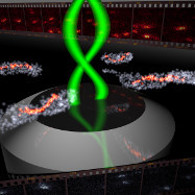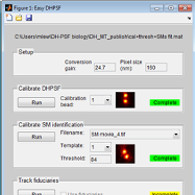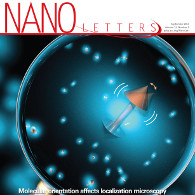Research
Imaging systems are all around us, from the cell phone cameras in our pockets to the microscopes in the laboratory to the medical scanners in the hostpital and clinic. They enable us to non-invasively probe living systems with exquisite senstivity and resolution. My research interests are focused around designing novel imaging systems with new capabilities for biological and biomedical imaging. Take a look at the topics below to learn more.
Optical imaging: the next frontier
A microscope, at its core, is a system designed to take light from one plane of a sample and relay it to a plane on a detector, such as a camera or your eye. The inherently two-dimensional (2D) nature of this design makes a normal microscope ill-suited for measuring 3D information about cells because only a single plane can be sharp or in focus at any given time. In addition, the wave-like nature of light limits the resolution of a microscope to approximately 250 nm or 1/100 of the width of the thinnest human hair. Since the single molecules (DNA, RNA, and proteins) that drive the living machinery within our cells are only 1-10 nm in size, it is impossible to observe their movements in real-time inside living cells with conventional microscopes. This leads to several possible avenues of microscope development. What is the best microscope design that maximizes 3D information in its images? What technologies can enable microscopes to achieve molecular resolution routinely? With the exponentially decreasing cost of computation, what computational methods can be harnessed to increase microscope performance?
View my lab's current research projects on the Lew Lab website.
Research project video
See more research videos on the Lew Lab website.
Imaging the bacterial cell surface and an internal protein in 3D
"Three-dimensional super-resolution co-localization of intracellular protein superstructures and the cell membrane in live Caulobacter crescentus," 3rd Annual Center for Biological Imaging at Stanford Symposium, Stanford, CA, March 2011. Read



